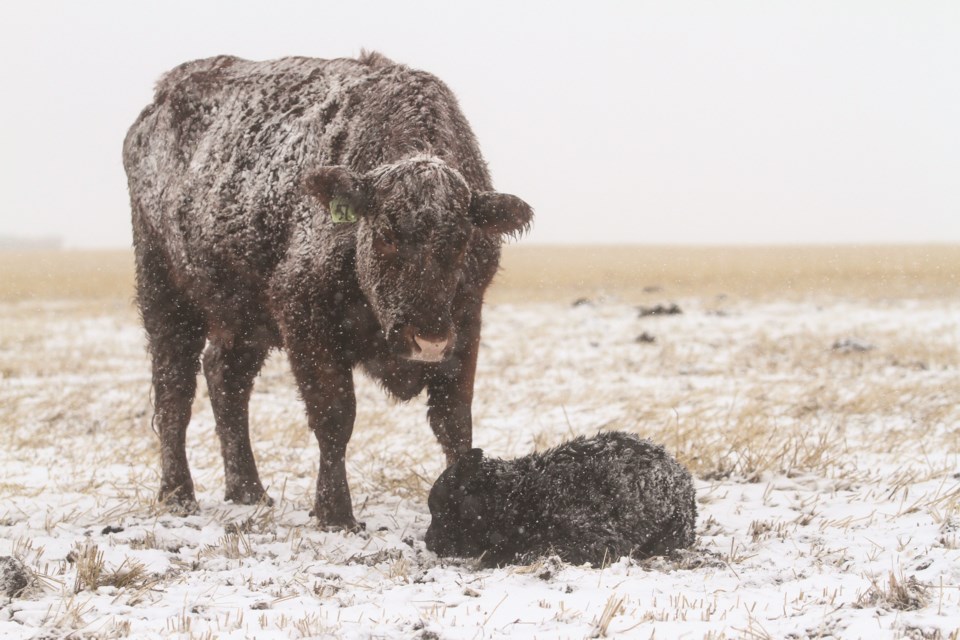The Comprehensive and Progressive Agreement for Trans-Pacific Partnership (CPATPP) has been a boon to Canada’s cattle producers, according to Anne Wasko, a market analyst with Gateway Livestock Services.
The CPATPP, in effect since Dec. 30, 2018, is a free trade agreement between Canada and 10 other countries in the Asia-Pacific region. Wasko said the deal helped increase the amount of beef Canada exported in the first 11 months of 2019 by nearly 12 per cent, compared to 2018.
The numbers show a trend of increasing beef exports in recent years, she noted.
“I think if it was a one-year blip, it wouldn’t be as newsworthy, but we’ve seen year-over-year increases in Canadian beef exports up since 2012,” she said. “So, on a consistent basis, every year has surpassed the year previous.”
Wasko said Japan, which is Canada’s third largest agricultural trading partner, has dramatically increased its beef imports from Canada since the ratification of the CPATPP. According to Statistics Canada data, Japan imported 56 per cent more Canadian beef in the first 11 months of 2019 than the year prior.
China is another notable Asian market that increased its beef imports from Canada in 2019, purchasing 32 per cent more than in 2018. That increase came despite a temporary embargo on Canadian beef and pork exports, lasting from June to November 2019, during a period of diplomatic tension between the two countries.
“That created a little bit of a stumbling block, but I anticipate in 2020, all those markets…should continue to remain pretty aggressive, in terms of year-over-year gains,” Wasko said.
Along with the climb in beef exports worldwide, she said, the value of Canadian beef cattle saw a 19 per cent hike in the first 11 months of 2019. Though Wasko noted final numbers are not yet available for the year as a whole, she anticipates 2019 total exports of beef and cattle from Canada to be a record-breaking $4.6 billion.
“Demand for beef continues to be very strong around the world, but especially in North America, the value of beef has been gaining ground, so prices are higher,” she said.
These positive economic outcomes come despite a gradual and steady decline in Canada’s cattle inventory over the last 15 years. According to Statistics Canada, roughly 12.3 million heads of beef cows were recorded on operations in the country, as of July 2019 – a 27 per cent drop from the record numbers in 2005.
About 4.92 million of those cows – 40 per cent of the country’s total – are in Alberta, which has seen a 23 per cent drop from the 5.75 million beef cattle recorded in 2005.
“Certainly, it’s not the levels we saw when the herd was impacted after Bovine Spongiform Encephalopathy (BSE), when the cow herd expanded to record supplies because we couldn’t export and process cattle, because they were simply worth next to nothing,” Wasko said.
“Today’s cow herd is smaller, [but] the value of the calf is certainly higher than it would have been during that period after BSE, when beef cow numbers were very large. It’s two very different scenarios.”


